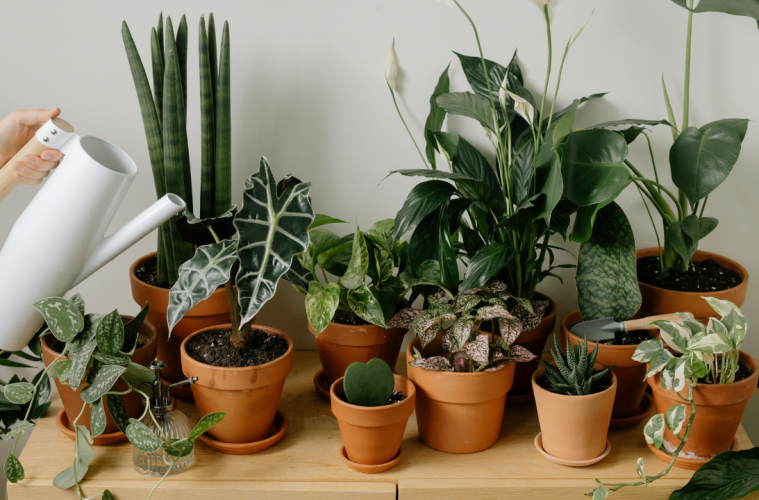The idea of bringing the beauty of nature indoors is never a bad one considering the myriad benefits of having indoor plants. But while the idea of cultivating a green haven within your home is undoubtedly appealing, it’s crucial to be mindful of the potential hazards some indoor plants pose, particularly when you have small children, elderly family members, or pets.
Though it shouldn’t deter you from owning houseplants, you should keep in mind that even common varieties may be toxic. Explore 8 indoor plants that are harmful for kids and pets:
Peace Lilies
Renowned for their low maintenance and elegant blooms, Peace Lilies may enchant any home. However, these beauties can be deceptive; their ingestion can result in tongue and lip irritation, difficulty swallowing, and vomiting. To ensure a safe environment, position them out of reach if you have little ones likely to explore with their hands and mouths.
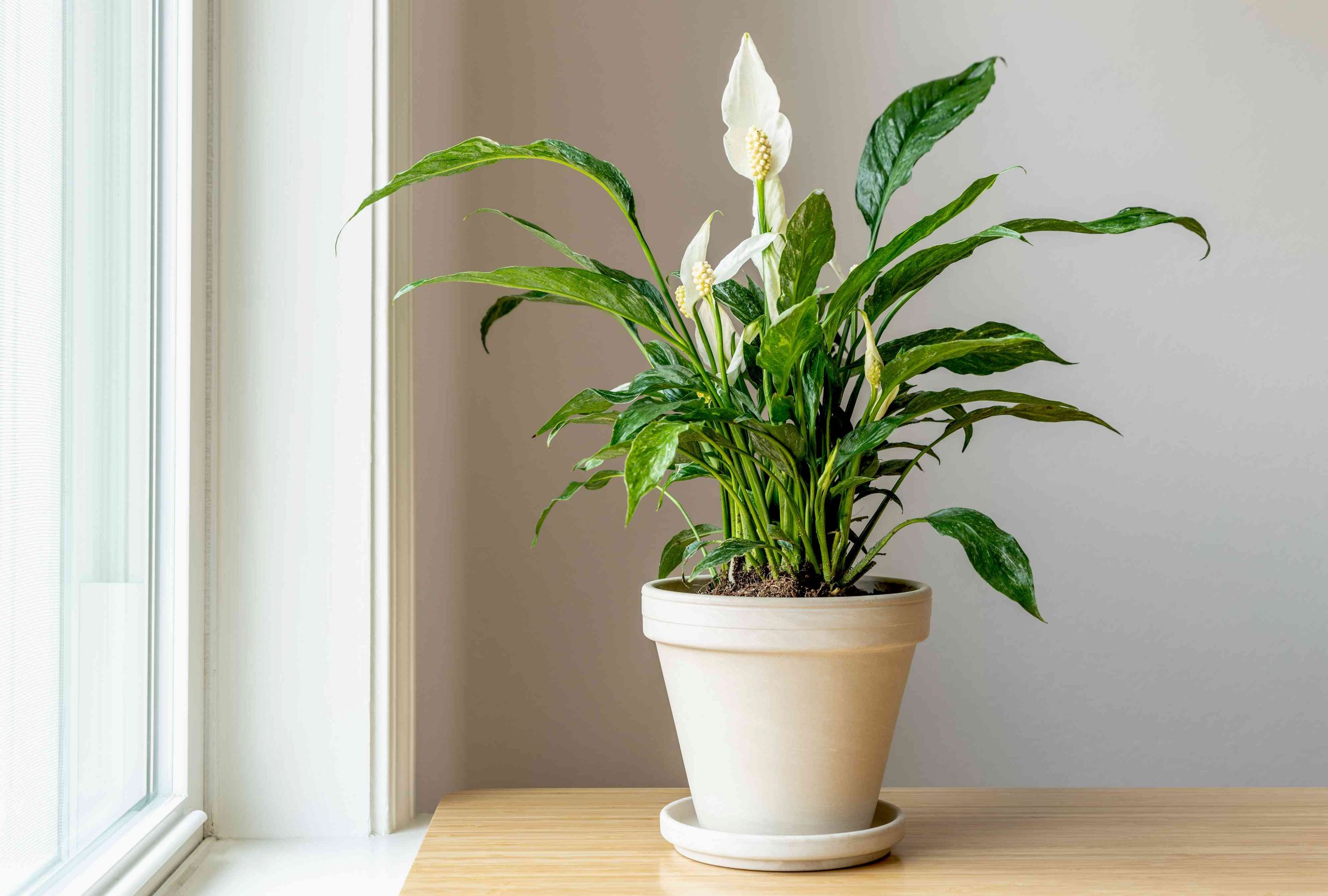
Unsplash
Devil’s Ivy (Pothos)
Known for its variegated leaves and air-purifying qualities, Devil’s Ivy is generally considered mildly harmful. Yet, contact or ingestion can lead to skin irritation, mouth burning, and digestive issues. In pets, the consequences may escalate to breathing difficulties and even renal failure. Be cautious and place them strategically to prevent unwanted encounters.
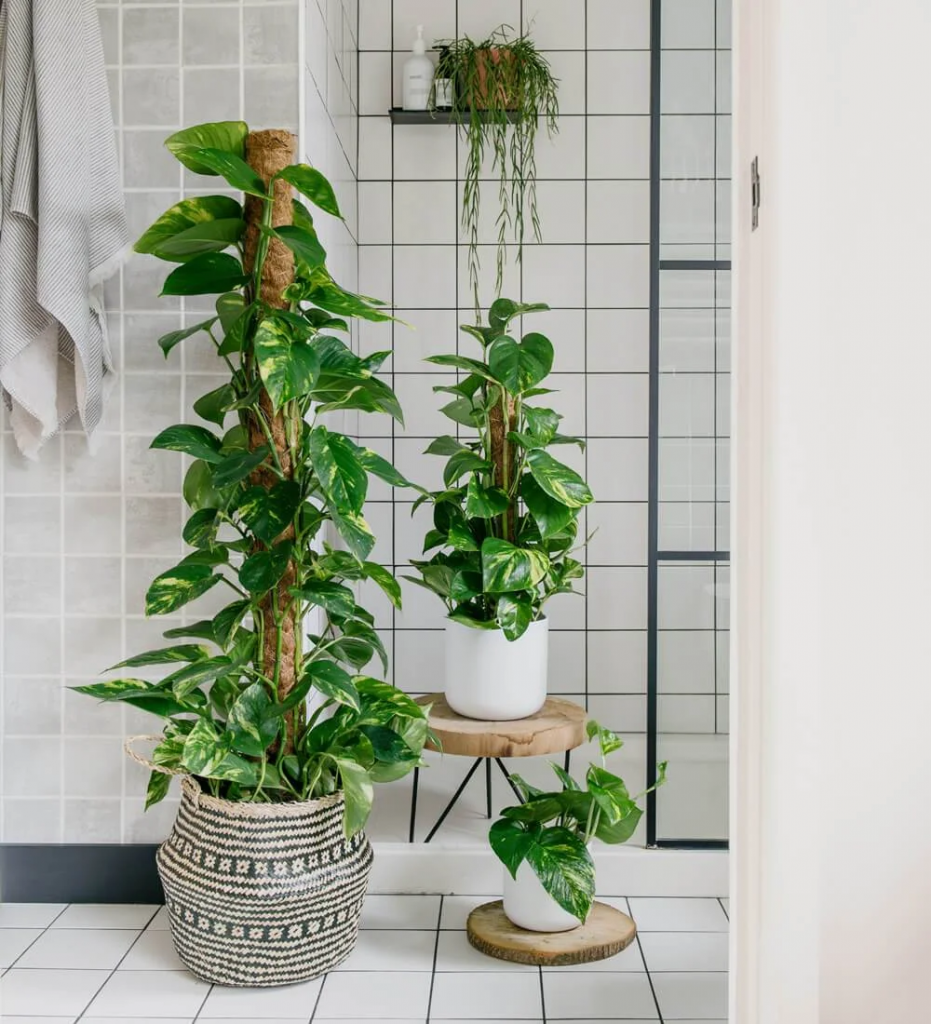
Pexels
Sansevieria (Snake Plant)
The visually striking Snake Plant tops the charts for air purification but comes with a toxic caveat. Ingesting its leaves can cause nausea, diarrhea, and vomiting. To balance its beauty with safety, ensure that this plant is positioned beyond the reach of exploring hands and mouths.
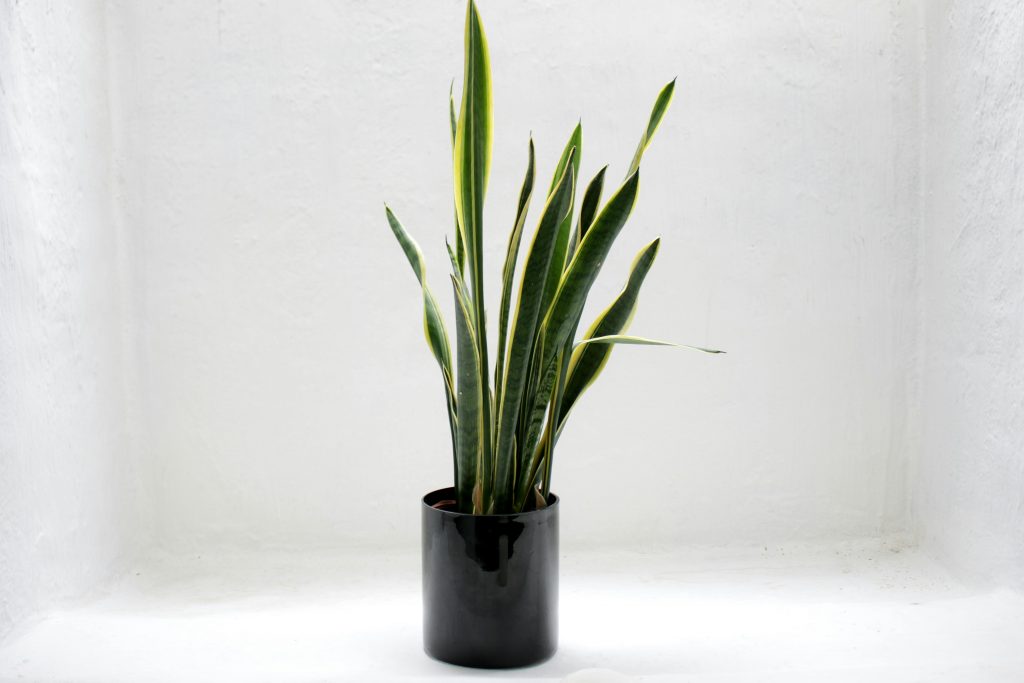
Pexels
Bird of Paradise
With its tropical allure and dramatic leaves, the Bird of Paradise is captivating. However, the flowers and fruit can be mildly toxic. Keep an eye out for small children and pets, as ingestion may lead to drowsiness, nausea, and vomiting. Ensuring these parts are inaccessible is key to enjoying this stunning plant safely.
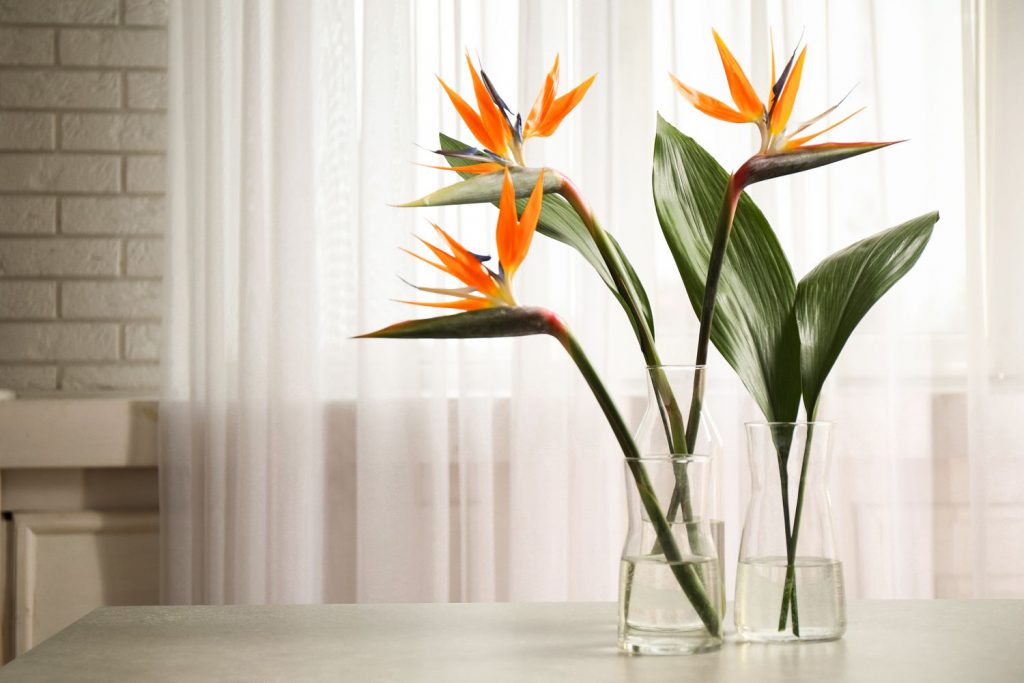
Pexels
Philodendron
Known for its low-maintenance allure, Philodendron plants are not without risk. Though beautiful, they need to be placed out of reach. Ingesting the sap can result in severe symptoms, including vomiting, convulsions, breathing difficulties, and even seizures. Exercise caution to keep these stunning plants a joy without compromise.
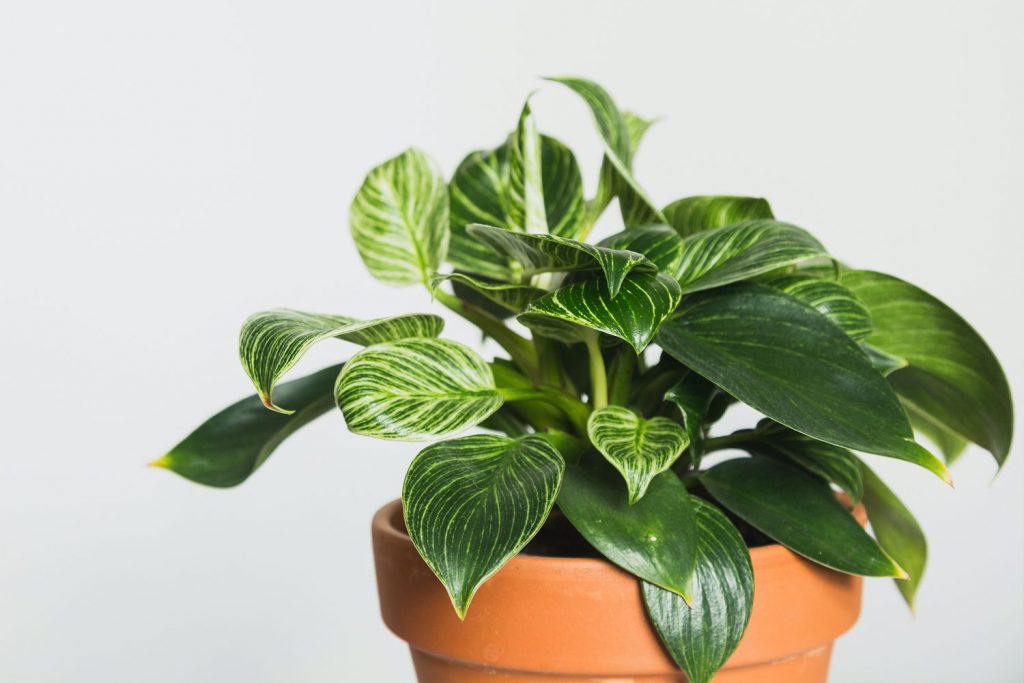
Unsplash
Dieffenbachia (Dumb Cane)
Visually appealing with large colourful leaves, Dumb Cane is a top pick for interior design. However, its leaves, roots, and stalk are toxic, causing irritation, numbness, drooling, and swelling. Be mindful of its placement to ensure safety while appreciating its aesthetic charm.
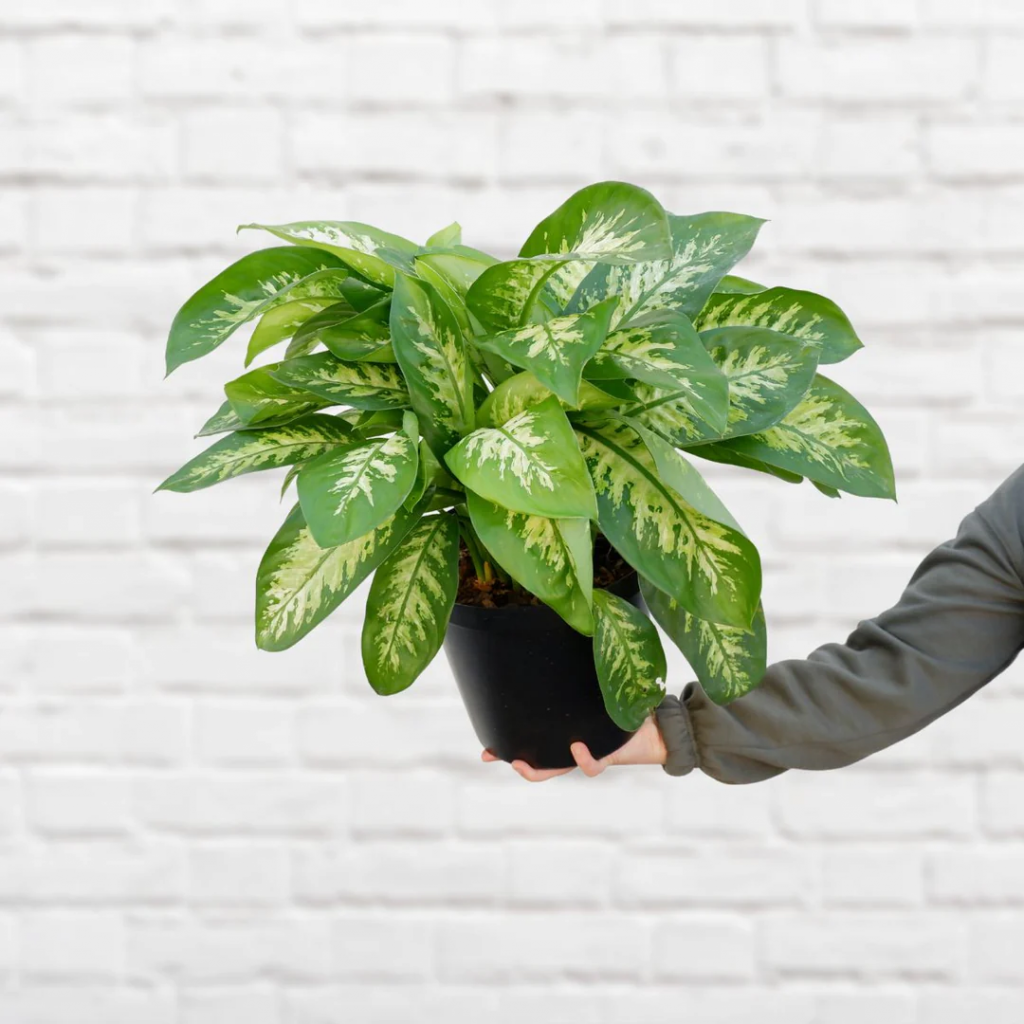
Unsplash
Asparagus Fern
Featuring delicate and feathery foliage, the Asparagus Fern is a popular choice. However, its berries can cause discomfort if handled or ingested, leading to symptoms such as diarrhea, abdominal disorders, vomiting, and skin irritation. Position it strategically to prevent unintended interactions.
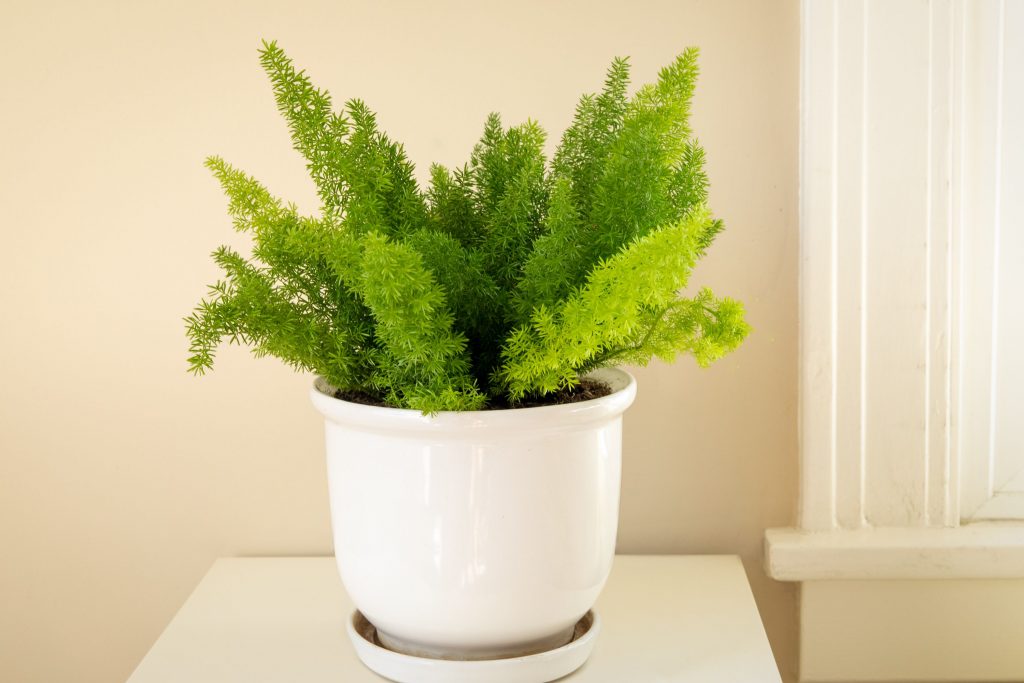
Pexels
Rubber Plant
Known for its air-purifying properties and easy care, the Rubber Plant is a favourite. While generally safe, damaged leaves can leak toxic sap. Though rarely fatal, contact with the sap can induce the symptoms mentioned earlier. Regular checks and preventive measures can ensure a safe coexistence with this beloved indoor companion.
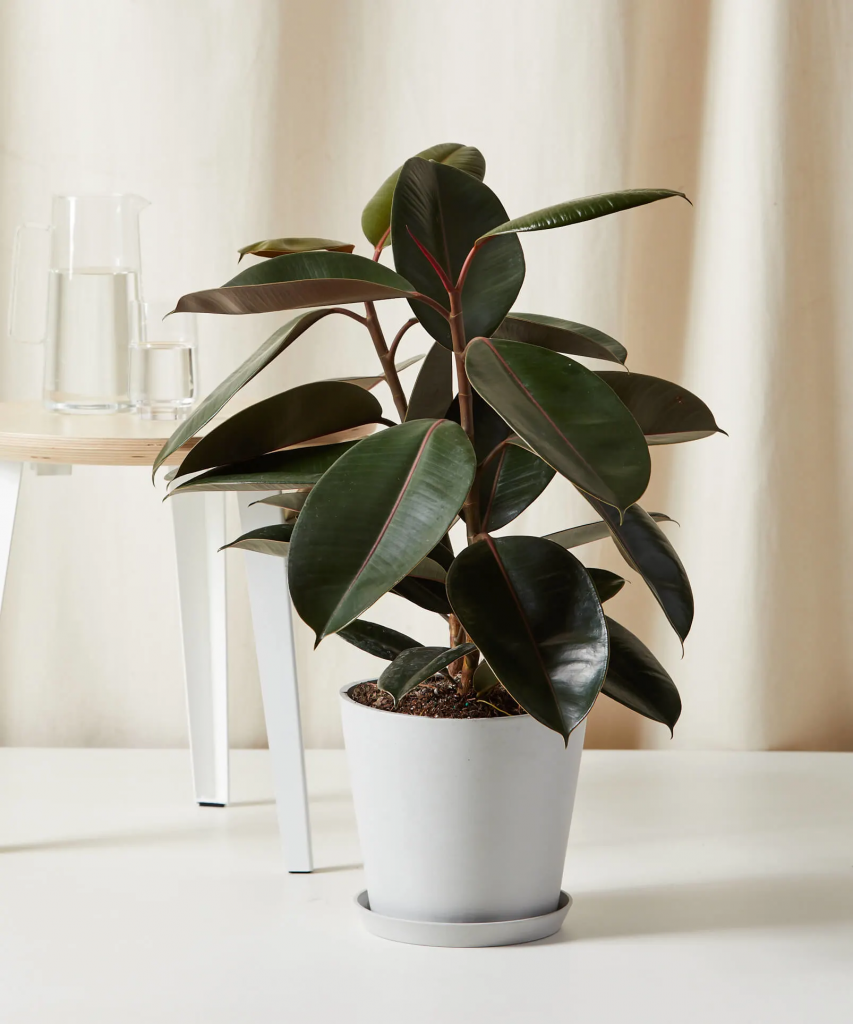
Pexels
ALSO SEE:

